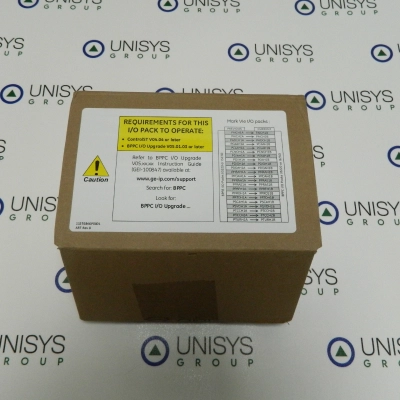


IS200VAICH1B is an Analog Input Terminal Board manufactured and designed by General Electric as part of the Mark VI Series used in gas turbine control systems. The Analog Input Board (VAIC) manages four analog outputs and accepts 20 analog inputs. There are ten inputs and two outputs on each Analog Input terminal board. The terminal board is connected via cables to the VME rack housing the VAIC processor board. The inputs are converted to digital values by the VAIC, which then sends them through the VME backplane to the VCMI board before passing them on to the controller. For the VAIC to monitor 20 inputs, two terminal boards are needed.
IS200VAICH1B Functional Description
Installation
Operation
IS200VAICH1B Diagnostics